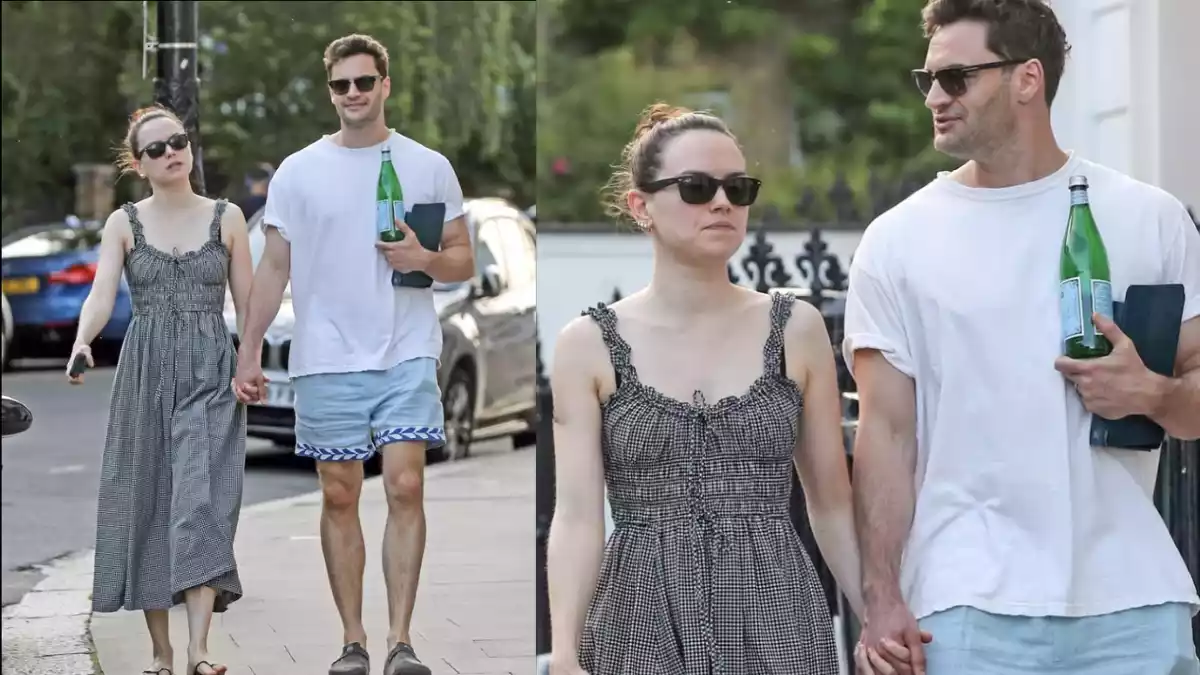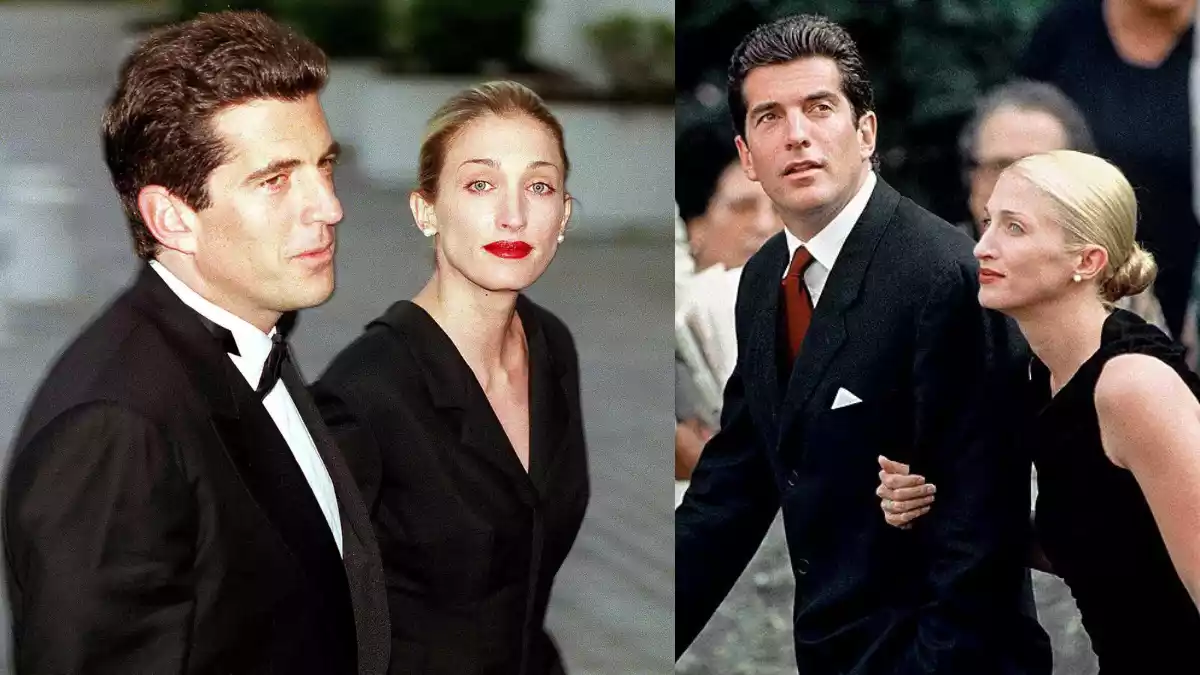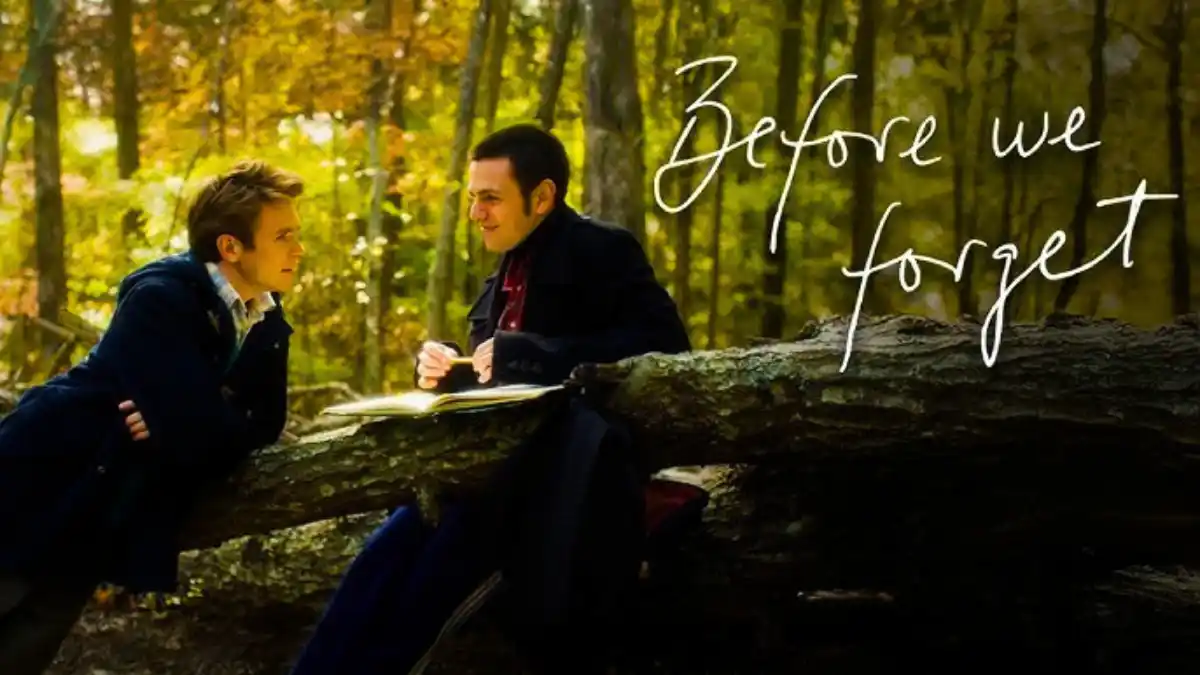Left-Handed Girl, the debut solo feature from director Shih-Ching Tsou, presents an intimate and visually captivating portrayal of motherhood, daughterhood, and the intricate web of family dynamics in Taipei. With a unique narrative structure, Tsou invites audiences into a kaleidoscopic world where personal struggles and city life intertwine, offering a powerful glimpse into the harsh yet vibrant realities of Taiwanese society.
Exploring the Complex World of Left-Handed Girl
The movie opens with a mesmerizing view of Taipei seen through a toy prism, setting the tone for a film that constantly shifts perspectives. Left-Handed Girl is not only about the relationships within a family but also about the multifaceted, sometimes fragmented, ways in which these characters navigate life in a bustling, neon-lit city.
The story revolves around Shu-Fen (played by Janet Tsai), a determined mother who returns to Taipei after several years, bringing along her two daughters, I-Ann (Shih-Yuan Ma), a college student, and I-Jing (Nina Ye), a curious young girl. Their return marks a period of change, not only for the family but for the city itself, as they adjust to new challenges and personal revelations.
A Mother’s Struggles in the Big City
Shu-Fen is faced with financial pressure, including paying for her estranged ex-husband’s funeral while managing a noodle stand in the bustling night market. Although she hopes for a fresh start, her daughters’ reactions to their new life differ drastically. I-Ann, disillusioned and disconnected, becomes involved in a controversial job as a “betel nut beauty,” while I-Jing, full of wonder, explores the market, adopting a meerkat as a pet.

As the family members try to rebuild their lives, they face tensions that extend beyond their personal relationships. Shu-Fen’s estranged family members, including her judgmental mother and abusive ex-husband, add layers of complexity to the already strained situation. The tension in the family grows when I-Jing is told by her father that her left-handedness is a curse, a superstition she absorbs without question, leading her to begin shoplifting with her “evil” left hand.
Taipei as a Character in Itself
What makes Left-Handed Girl particularly enthralling is Tsou’s portrayal of Taipei. The city isn’t just a backdrop—it’s a living, breathing entity that interacts with the characters, shaping their experiences. The film’s use of iPhone cinematography (credited to Ko-Chin Chen and Tzu-Hao Kao) gives the movie a raw, almost immersive quality, where each street scene feels larger than life, teeming with the energy of the city’s neon lights, hustle, and bustle.
The market scenes are especially striking, capturing the sensory overload of Taipei’s night markets, where chaos and beauty coexist. These moments are a visual and emotional masterclass in storytelling, evoking the physical and psychological states of the characters as they navigate their individual journeys.
Complex Characters and Unfolding Drama
At the heart of the story lies the exploration of complex relationships, particularly between Shu-Fen and her daughters. Each character is multifaceted, dealing with their own challenges while also grappling with the expectations placed upon them by their family and society. Tsou’s direction deftly balances the emotional weight of these conflicts with the lighthearted moments, such as I-Jing’s mischievous adventures and her innocent, yet dangerous, shoplifting escapades.

Despite the film’s fragmented narrative structure, Tsou’s ability to capture the subtle nuances of familial relationships makes each emotional twist feel earned. The tension in the family builds slowly, culminating in a somewhat dramatic and intense late scene where misunderstandings and long-held grudges come to the surface.
A Film That Honors the Struggles of Women
While Left-Handed Girl is certainly a family drama, it is also a poignant look at the difficulties of motherhood and daughterhood in modern-day Taiwan. The movie explores themes of resilience, identity, and generational differences, all while navigating the labyrinth of life in a city that never sleeps.
Conclusion: A Film That Captures the Heart of Taipei
Left-Handed Girl is a beautiful and engaging exploration of family, personal growth, and the challenges of living in an ever-evolving urban landscape. Director Shih-Ching Tsou successfully weaves together various storytelling elements—raw emotion, stunning visuals, and cultural context—into a film that’s both intimate and expansive. By capturing the essence of Taipei and its people, Left-Handed Girl offers a unique cinematic experience that is sure to resonate with viewers long after the credits roll.
Have you seen Left-Handed Girl? Share your thoughts in the comments below! For more engaging movie reviews and insights, explore our latest articles. Thanks for reading! For more updates and insights, visit us at newsbaazi.com. Stay tuned for more!
FAQs:
What is the movie Left-Handed Girl about?
Left-Handed Girl follows the story of Shu-Fen, a mother who returns to Taipei with her two daughters, navigating the complexities of family, struggle, and growth in a vibrant, ever-changing city.
Who directed Left-Handed Girl?
Shih-Ching Tsou, a director known for her collaboration with Sean Baker on Tangerine, directed Left-Handed Girl.
How is Taipei portrayed in Left-Handed Girl?
Taipei is portrayed as an integral part of the film, acting almost like a character itself. Its bustling streets, night markets, and neon lights play a significant role in shaping the characters’ experiences.
What are the main themes explored in Left-Handed Girl?
The film explores themes of motherhood, daughterhood, generational conflict, and the emotional complexity of family life, all set against the backdrop of modern-day Taipei.
What makes Left-Handed Girl unique in terms of cinematography?
The film uses iPhone cinematography, capturing the raw, immersive energy of Taipei, especially during the intense street scenes and market sequences, adding to its unique visual style.












